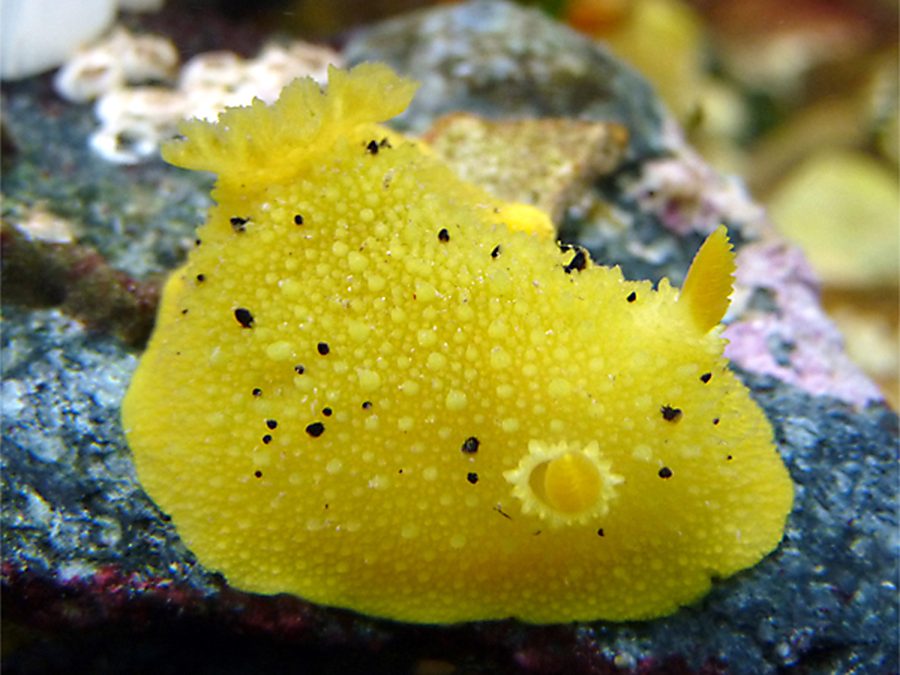
by David Young | Aug 20, 2024 | Molluscs
Author: Anna Stürgkh Common names: Monterey Sea Lemon, Sea Lemon Scientific name: Doris montereyensis (Archidoris montereyensis) Size range: 4.4 cm (1.7 inches) to 15 cm (6 inches) in length and 4 to 5 cm in width. Identifying Features: The Monterey Sea Lemon (Doris...


